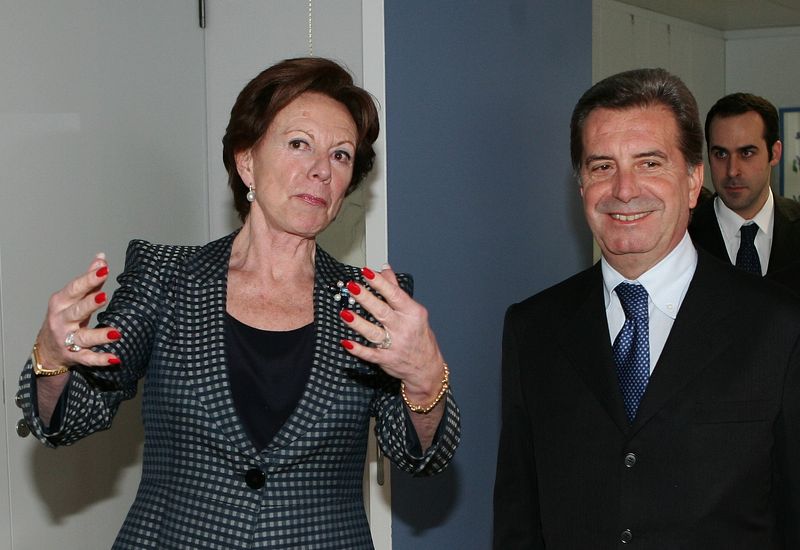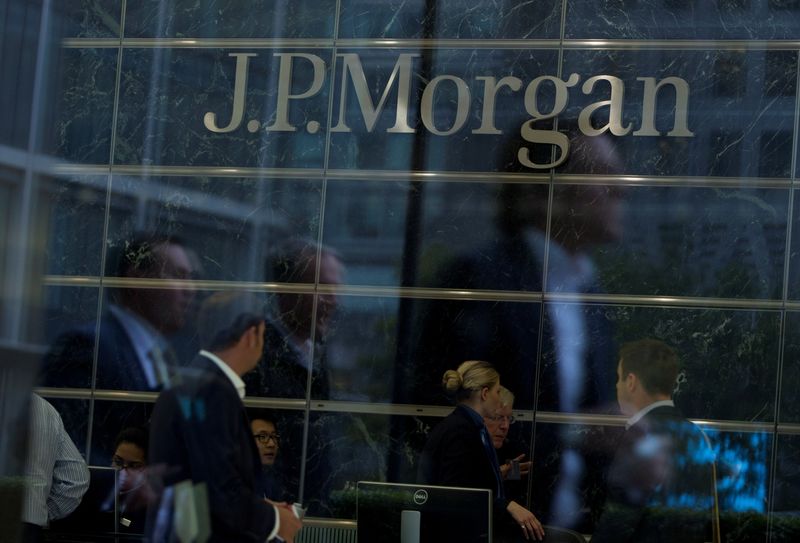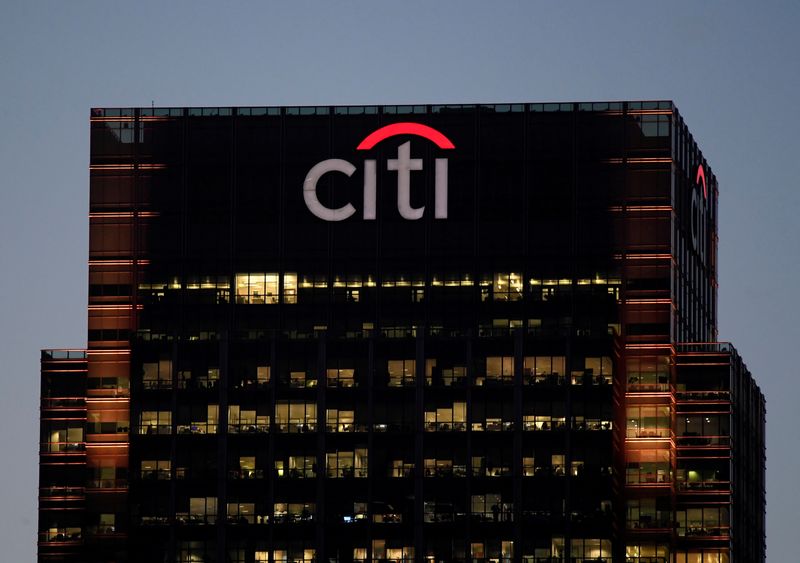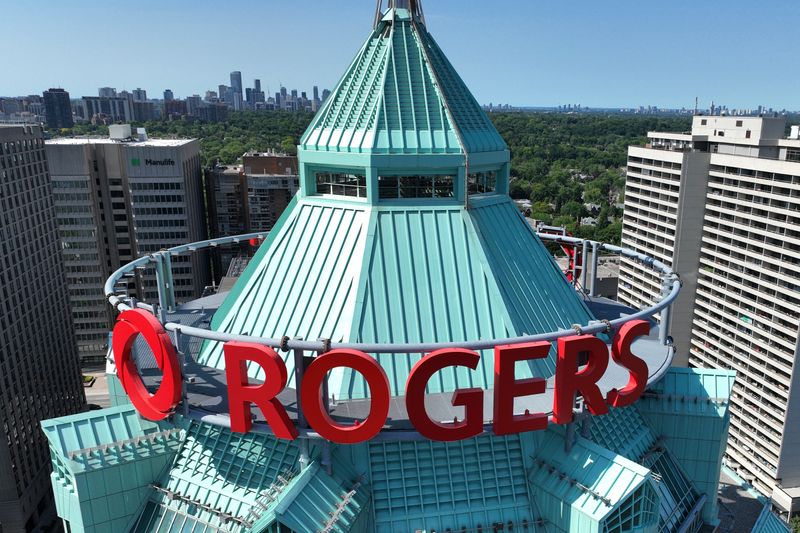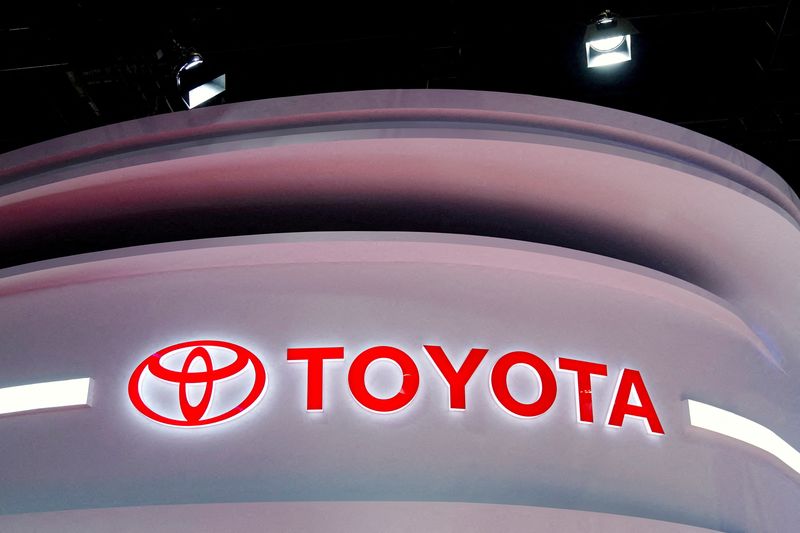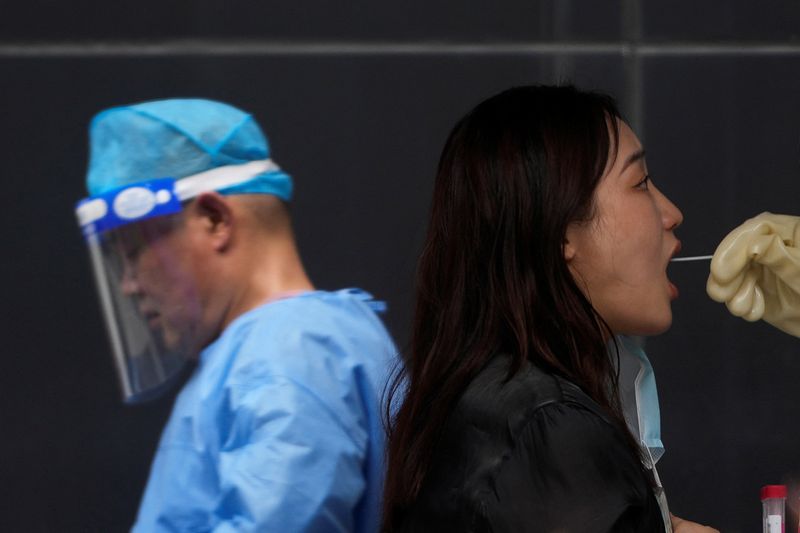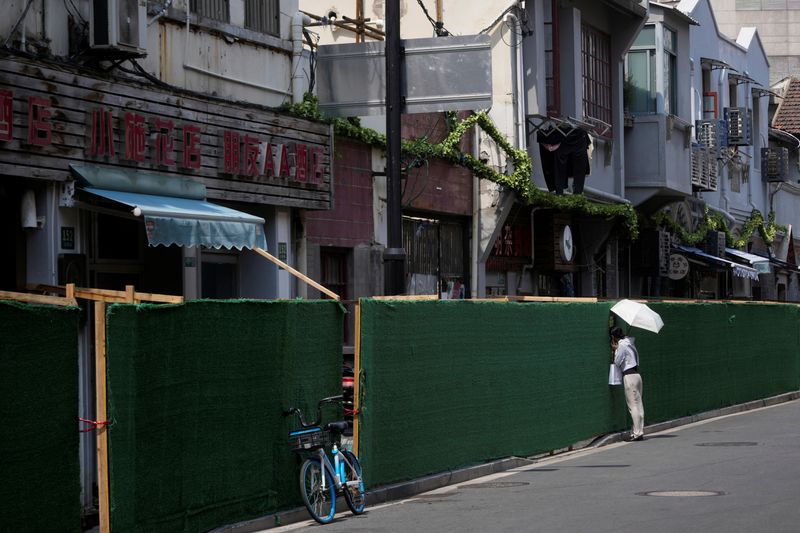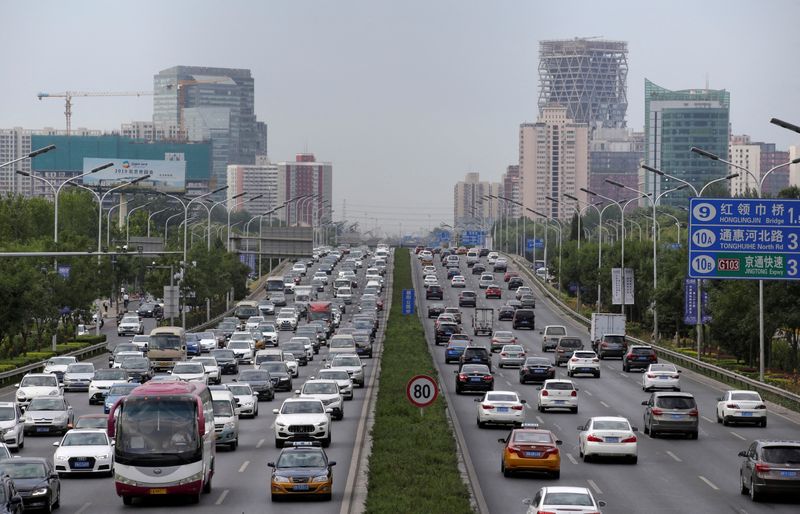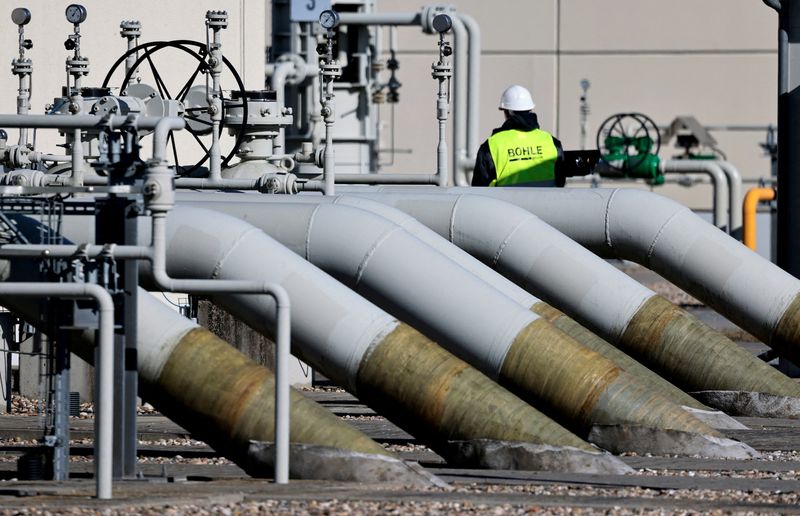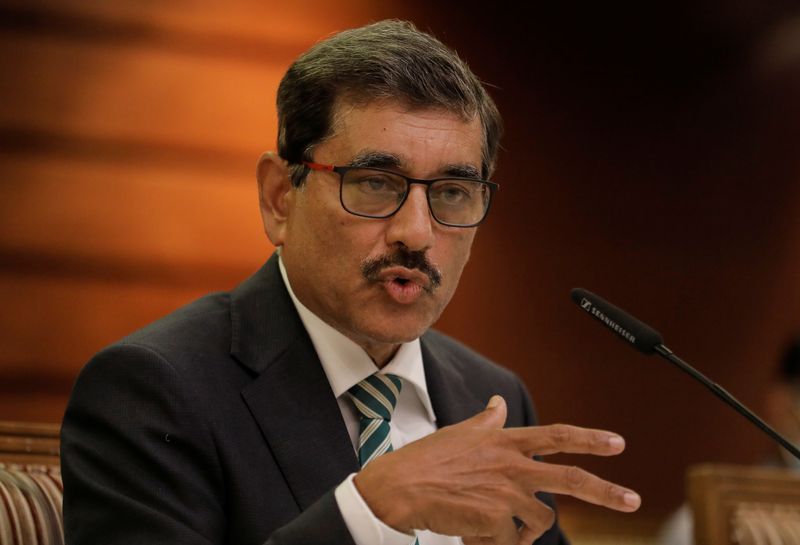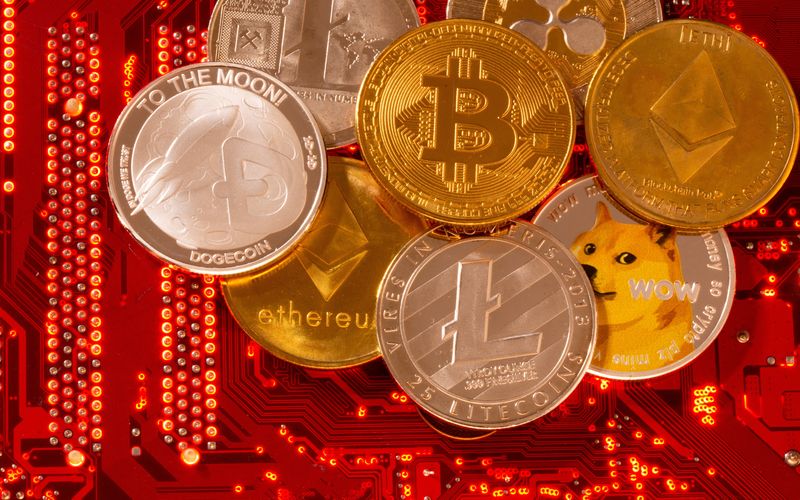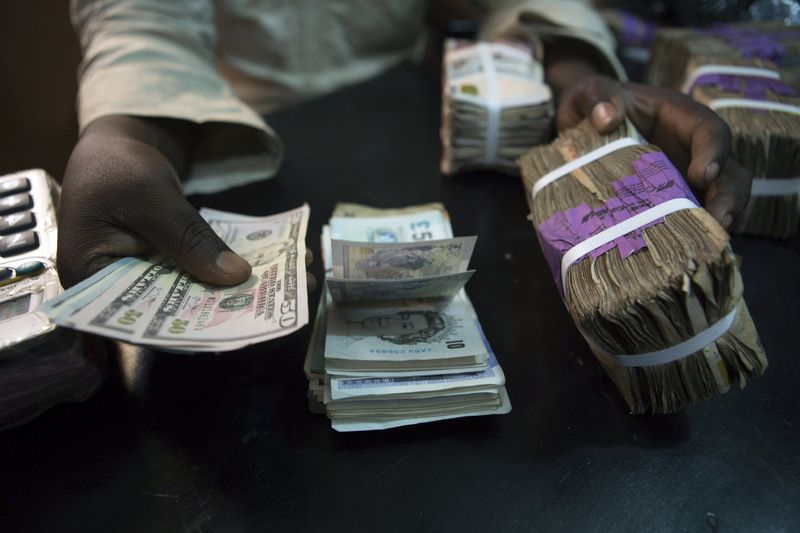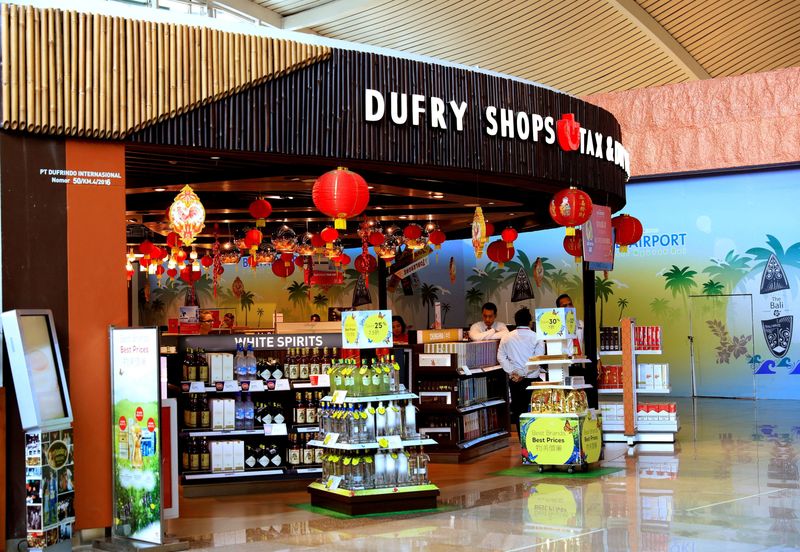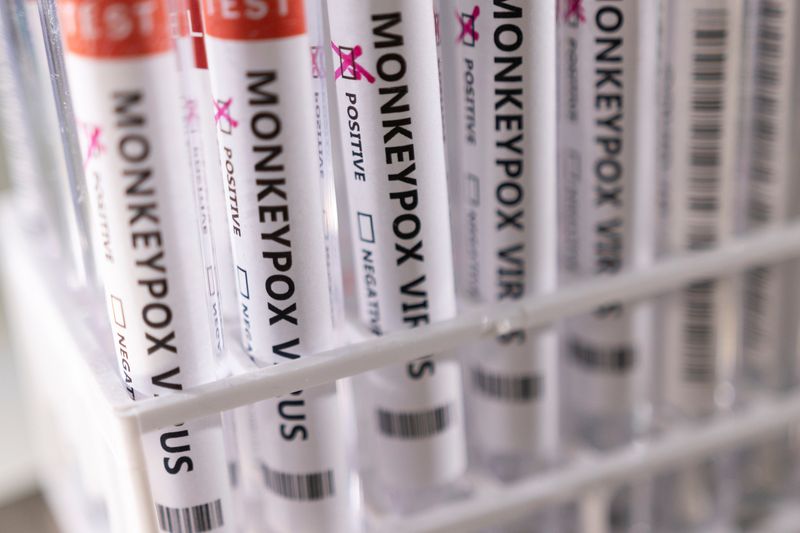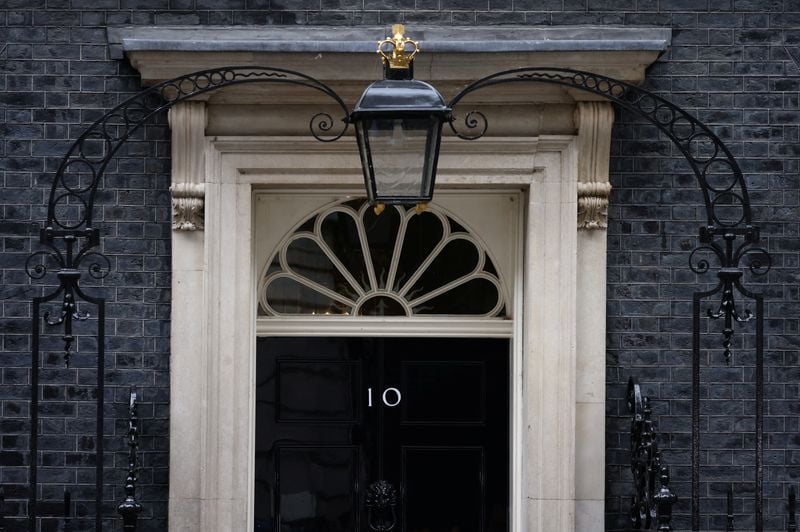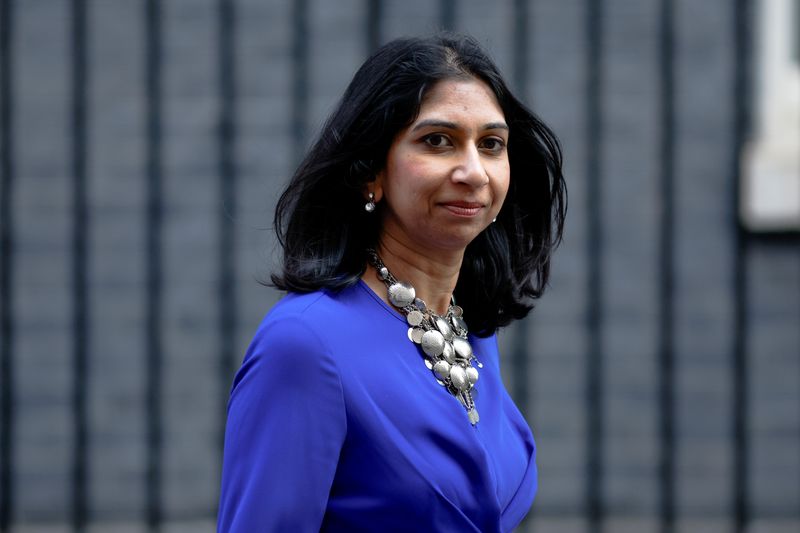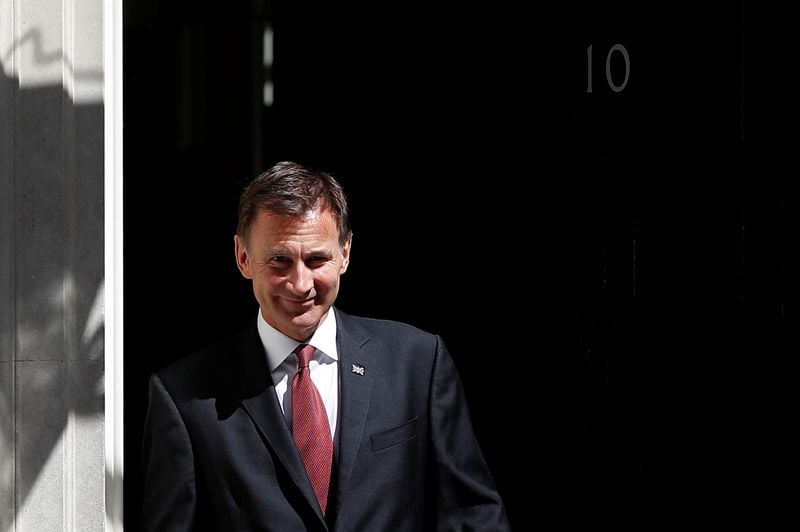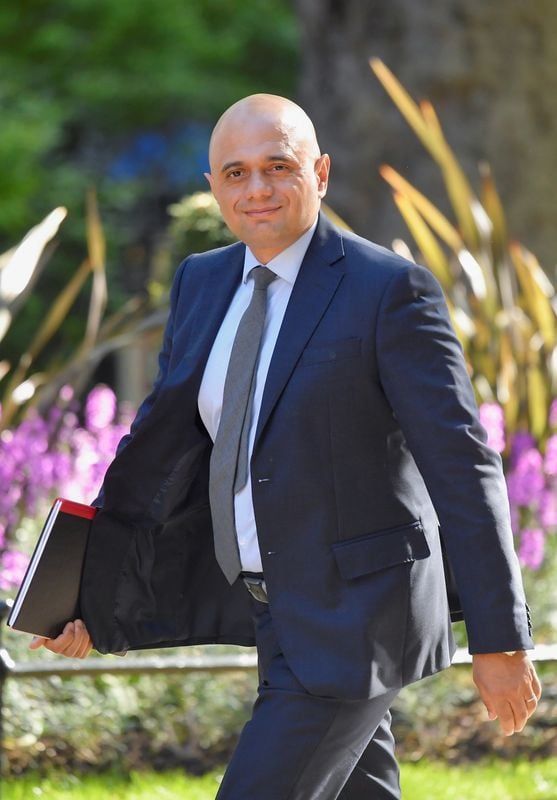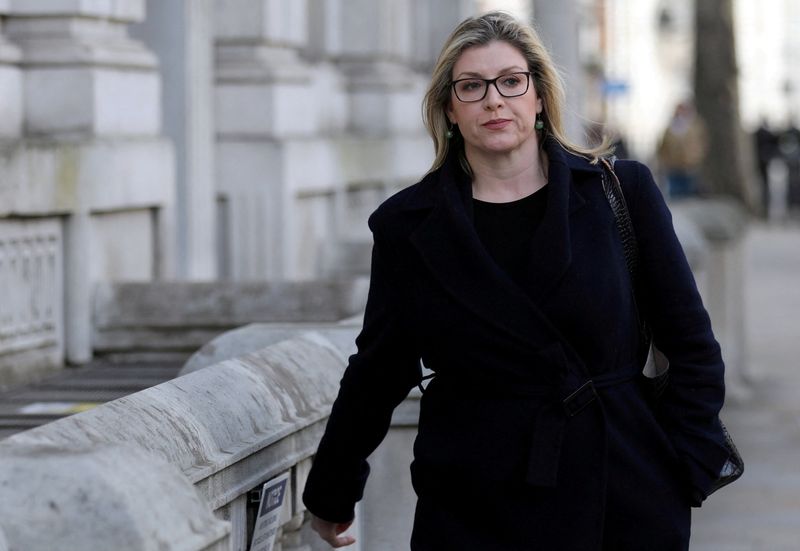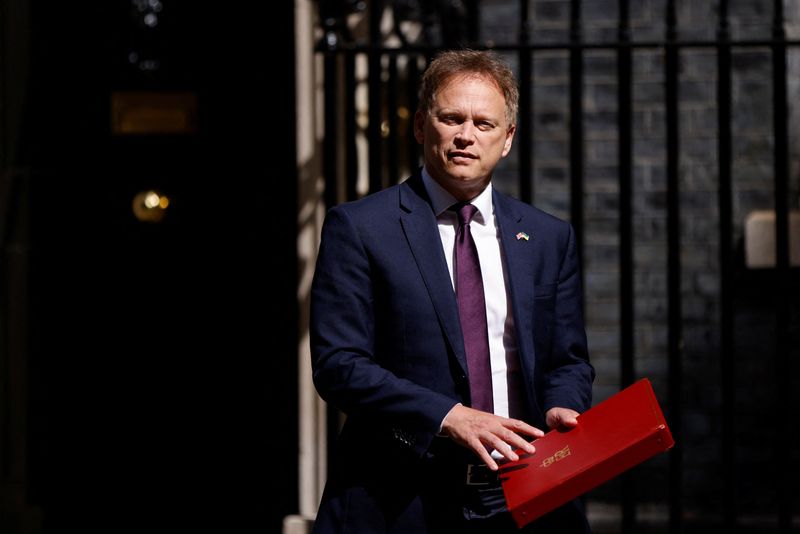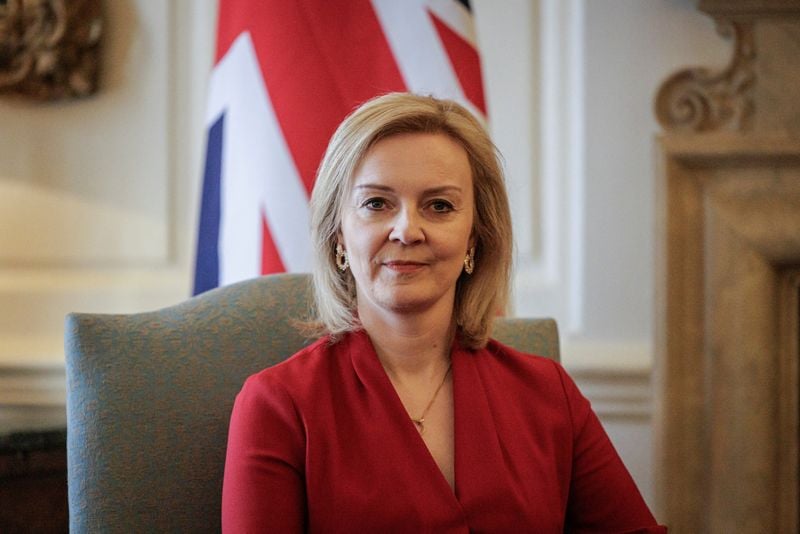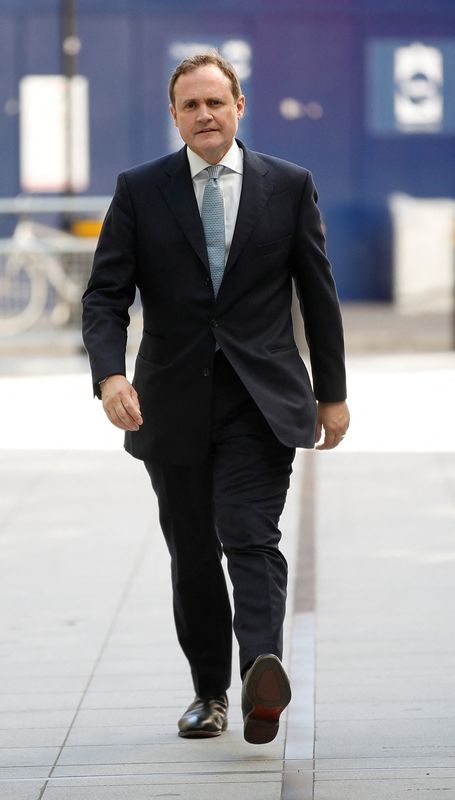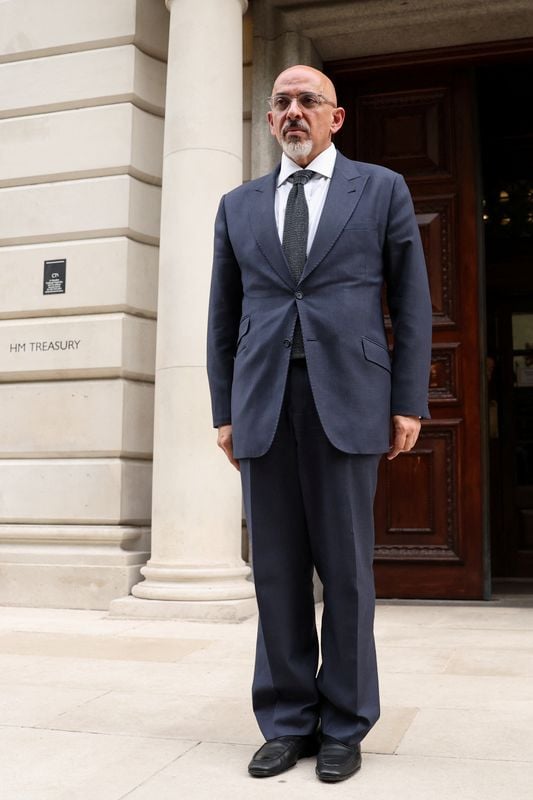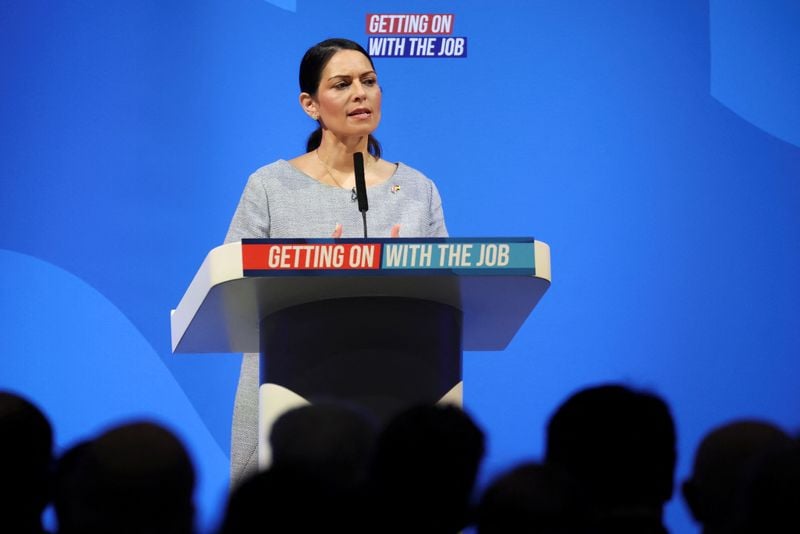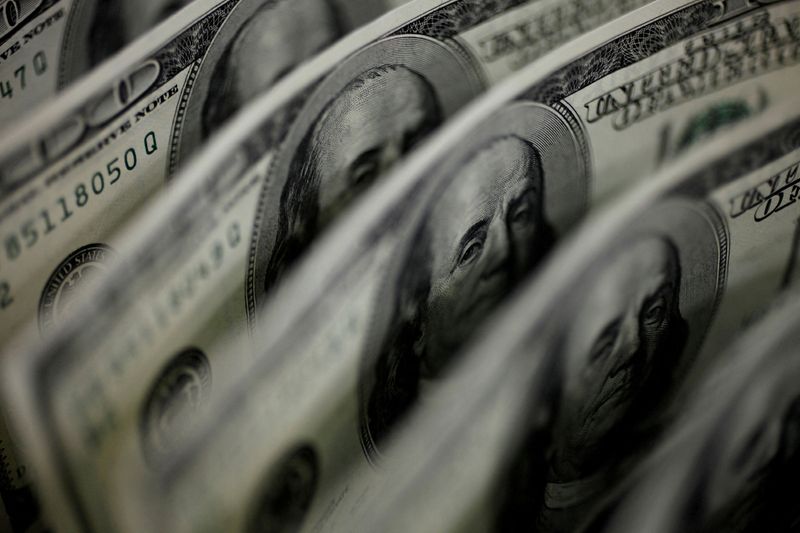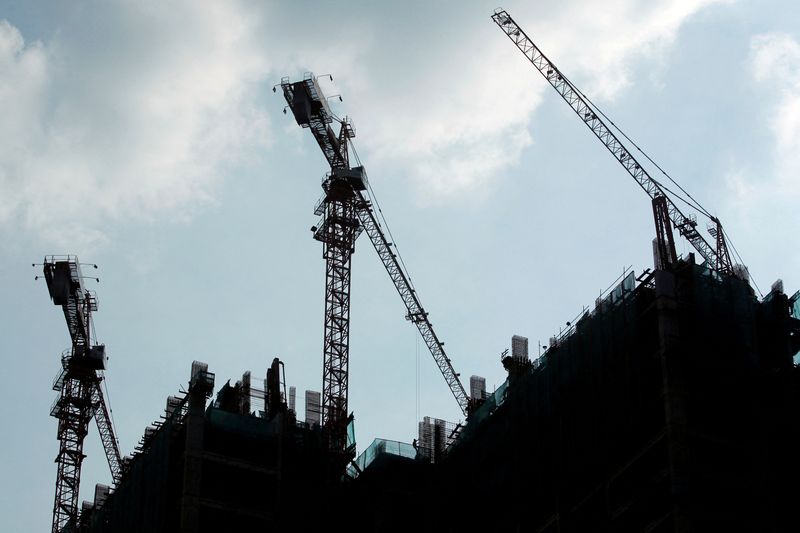NORWALK, CT – The Norwalk Police Department is investigating the death of an infant after receiving a 911 call regarding the unresponsive infant.
Police were notified on Sunday at around 2:17 p.m. and responded to the scene with the Norwalk Fire Department and Norwalk EMS. While first responders were en route, a 911 dispatcher began providing resuscitation instructions over the phone.
At this time, the child was unresponsive. Despite the best efforts of Norwalk’s emergency services, there was nothing they could do to save the child.
“Norwalk Police Officers rushed to the scene in an attempt to save the baby and were joined in the effort by Norwalk Fire Personnel and Norwalk Emergency Medical Services. Life-saving attempts continued on the ambulance en route to the hospital. Despite the tremendous amount of effort, the infant did not survive,” the Norwalk Police Department said.
The department said it is making grief counselors available to those affected by this tragedy.
“Our thoughts are with the family that suffered a tremendous loss today, and everyone impacted by the tragedy,” the Norwalk Police Department said. “Grief counseling and support are available from a number of city resources.


